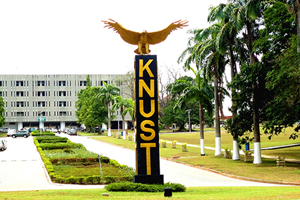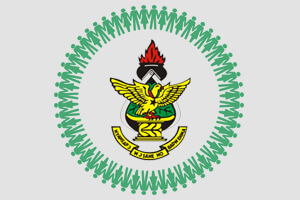The Department of Chemistry of the Kwame Nkrumah University of Science and Technology (KNUST) and the Aarhus University, Denmark have engaged in a joint research to explore the potential risk of Mercury pollution in soils at Gbani; an artisanal gold mining community located in the Upper East region of Ghana.
The research that was published in the international journal Chemosphere revealed that there is risk posed to the inhabitants and that children were at a higher risk of developing non-cancer effects of mercury pollution.
Mr. Opoku Gyamfi, a PhD student and the lead researcher in his study revealed that, very high average mercury are found in mining sites which are near or at homes, and low in other surroundings of Gbani.
For the purpose of the study, 237 soil samples were collected within 0-10cm depth from active small- scale mining concessions and nearby residence, two transects in the community, waste soil from the mining processing and the surroundings of the community.
He mentioned that the average mercury concentration was 71mg Hg/Kg in active mining sites, and more moderate (2.7mg Hg/kg) along the transects through the community. This showed the widespread contamination of high mercury in the soil.
The widespread contamination has exposed humans, fishes, plants, and quality drinking water to this dangerous chemical in the area.
In his recommendation, Mr. Gyamfi mentioned that these small-scale miners should resort to the use of borax in mining and in the interim use retorts to capture the mercury during amalgam burning.
In an associated publication to assess human exposure to indoor mercury vapour in the Gbani community, it was revealed that the mercury-gold amalgam was burnt in kitchens and bedrooms which poses health risk to individuals. The inhalation of mercury vapour can produce harmful effects on the nervous, digestive and immune systems, lungs and kidneys of humans, which could be fatal.
The publication in the Chemosphere journal showed that the average concentration of mercury indoors at Gbani exceeded the international maximum recommended values; annual time -weighted average of 1000 ng m-3 by the World Health Organization (WHO), 2000.
The burning of amalgam releases mercury into the atmosphere which contaminates the air. Some of the mercury in the air may settle on soils whiles some are carried by wind into water bodies and other areas far from the sites of mercury release.
The high air concentration levels also indicated a general need to substitute mercury with other methods of gold extraction, in order to avoid local and global environmental contamination, Mr. Opoku Gyamfi advised.
The project was coordinated by Professor Godfred Darko, Department of Chemistry, KNUST.

















